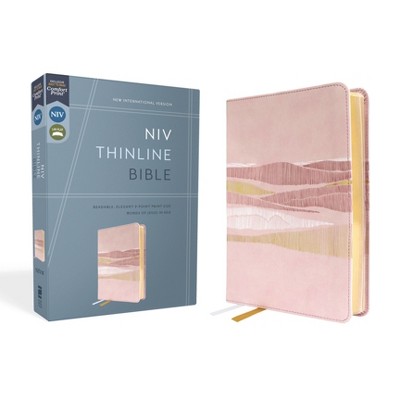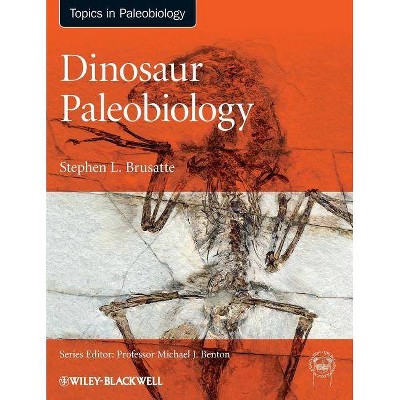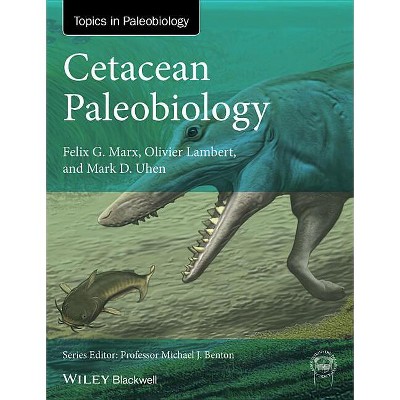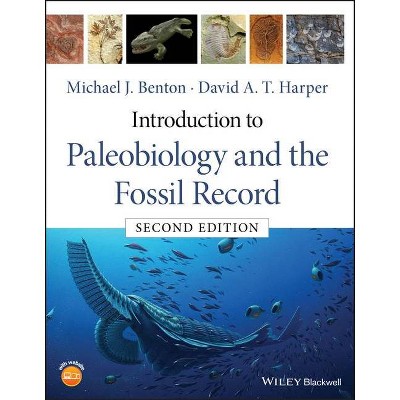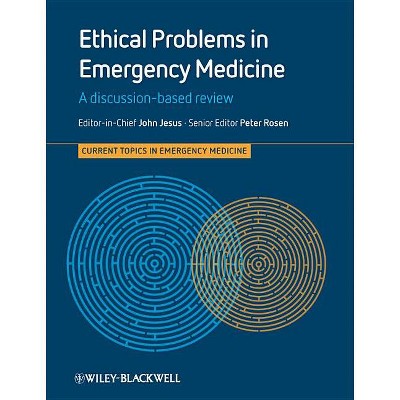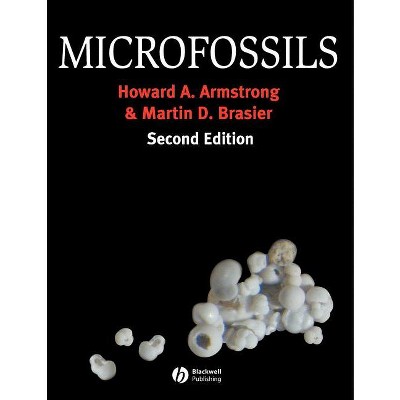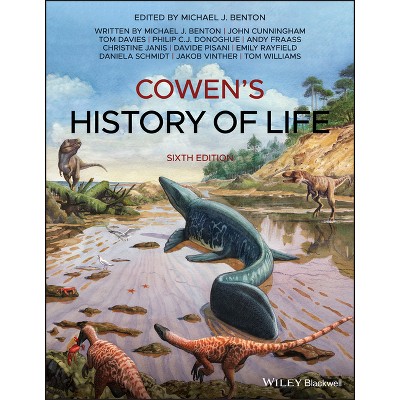Bryozoan Paleobiology - (Topa Topics in Paleobiology) by Paul D Taylor (Paperback)

About this item
Highlights
- Bryozoa are among the most abundant yet least understood of phyla in the fossil record.
- About the Author: Dr Paul D. Taylor is currently a Postdoctoral Researcher at the Natural History Museum in London where he spent 39 years as a research scientist.
- 336 Pages
- Science, Paleontology
- Series Name: Topa Topics in Paleobiology
Description
About the Book
"Until the early 19th century, natural historians were puzzled by organisms at the time known as zoophytes: were they animals (zoo-), plants (-phyte), or something in-between? Perhaps they were even the common ancestors of animals and plants? Zoophytes as then conceived included sponges, corals and coralline algae, as well bryozoans, the subject of this book. The so-called 'zoophyte problem' greatly engaged Charles Darwin when he set sail from Plymouth Sound on board HMS Beagle in December 1831. Indeed, Darwin's first scientific paper, which was read by his mentor Robert Grant before both the Wernerian and Plinian societies when Darwin was a medical student at the University of Edinburgh, had concerned species of zoophytes we now know to be the bryozoans Flustra and Carbasea. And he made detailed observations of the intriguing behaviour of the peculiar 'bird-head' structures in bryozoans dredged off Patagonia during the Beagle voyage (Keynes 2003)"--Book Synopsis
Bryozoa are among the most abundant yet least understood of phyla in the fossil record. These exclusively colonial animals can be traced back to the Ordovician as fossils and are common elements of sediments deposited in shallow marine environments. On occasion their calcareous skeletons are sufficiently numerous to produce bryozoan limestones. The potential of bryozoans in facies analysis, and their use in macroevolutionary studies, have both been widely recognised, but to date have been incompletely exploited.
Bryozoan Paleobiology brings together the scattered research on living and fossil bryozoans in broad and profusely illustrated overview that will help students and researchers alike in understanding this fascinating group of animals. Beginning with the basics of bryozoan morphology, ecology and classification, the book progresses from the smallest scale of skeletal ultrastructure, to the largest of bryozoan distributions in time and space. On the way, topics such as the origin of zooidal polymorphism and macroevolutionary trends in colony forms are covered. Case studies illuminate these topics, and areas in which further research is particularly required are highlighted.
From the Back Cover
Bryozoa are among the most abundant yet least understood of phyla in the fossil record. These exclusively colonial animals can be traced back to the Ordovician as fossils and are common elements of sediments deposited in shallow marine environments. On occasion their calcareous skeletons are sufficiently numerous to produce bryozoan limestones. The potential of bryozoans in facies analysis, and their use in macroevolutionary studies, have both been widely recognised, but to date have been incompletely exploited.
Bryozoan Paleobiology brings together the scattered research on living and fossil bryozoans in broad and profusely illustrated overview that will help students and researchers alike in understanding this fascinating group of animals. Beginning with the basics of bryozoan morphology, ecology and classification, the book progresses from the smallest scale of skeletal ultrastructure, to the largest of bryozoan distributions in time and space. On the way, topics such as the origin of zooidal polymorphism and macroevolutionary trends in colony forms are covered. Case studies illuminate these topics, and areas in which further research is particularly required are highlighted.
Review Quotes
"The value of the book lies in having all of the latest research in one place, masterfully summarized and illustrated, and integrated with the classic literature, which is all well referenced. It will be a useful addition to any biologist's library."
--Marcus M. Key Jr., The Quarterly Review of Biology
About the Author
Dr Paul D. Taylor is currently a Postdoctoral Researcher at the Natural History Museum in London where he spent 39 years as a research scientist. He is widely regarded as one of the world's leading authorities on bryozoans.
Shipping details
Return details
Trending Non-Fiction





